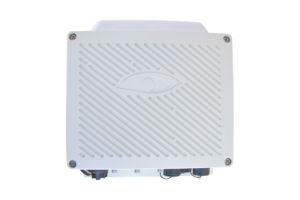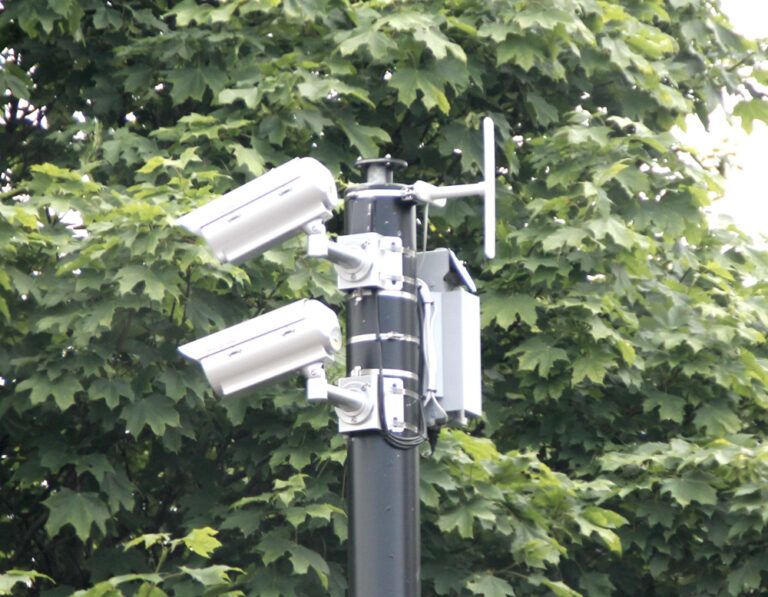UK-based provider of video-based intelligent traffic enforcement and management systems, Videalert has released a new, upgraded and more compact version of its roadside-mounted Rapidly Deployable Server (RDS).
Often referred to as the ‘processor up the pole’, Videalert’s new smaller Mk6 version of its RDS unit is now available running the latest version of Windows 10 IoT (Internet of Things). The company has also developed software to exploit the Intel x86 chipset Advanced Vector Extensions (AVX2). Significant performance improvements have been achieved and a single RDS unit now allows 8-12 video analytics processes to run concurrently. This further reduces the amount of capital equipment that needs to be deployed at the edge to process CCTV streams, which in turn reduces operational costs such as cellular SIMs.
Combined with the latest narrow-beam wireless point-to-point solutions, Videalert can deploy traffic enforcement and analysis systems at a significantly lower cost than other suppliers that can only process a single pair of video streams per edge unit. Videalert notes that importantly, air quality monitors, such as the company’s own recently-released integrated gas and particulate matter sensors, can be easily connected to the deployed edge equipment without affecting the running of the video processing functions. They use the RDS communications gateway to deliver data to the air quality hosted data platform.
Videalert has also announced that Blackburn with Darwen Borough Council has extended its use of its digital video platform, adding to enforcement of the red route on A678, Copy Nook to Furthergate Link Road. Extra traffic cameras have been added to enforce parking regulations on the ‘keep clear’ zones outside Queen Elizabeth’s Grammar School on West Park Road. The aim of this project is to improve road safety in the area and reduce congestion.
The council worked closely with the school to ensure the new arrangements were effectively communicated, liaising with all stakeholders, including elected members, local residents, parents and school staff. Warning letters were issued before the system went live in October. The new cameras have already delivered a significant reduction in contraventions with the benefit of enhancing public safety and reducing congestion. The unitary authority is now considering further locations where the use of digital enforcement can improve the free movement of traffic, road safety and air quality.





